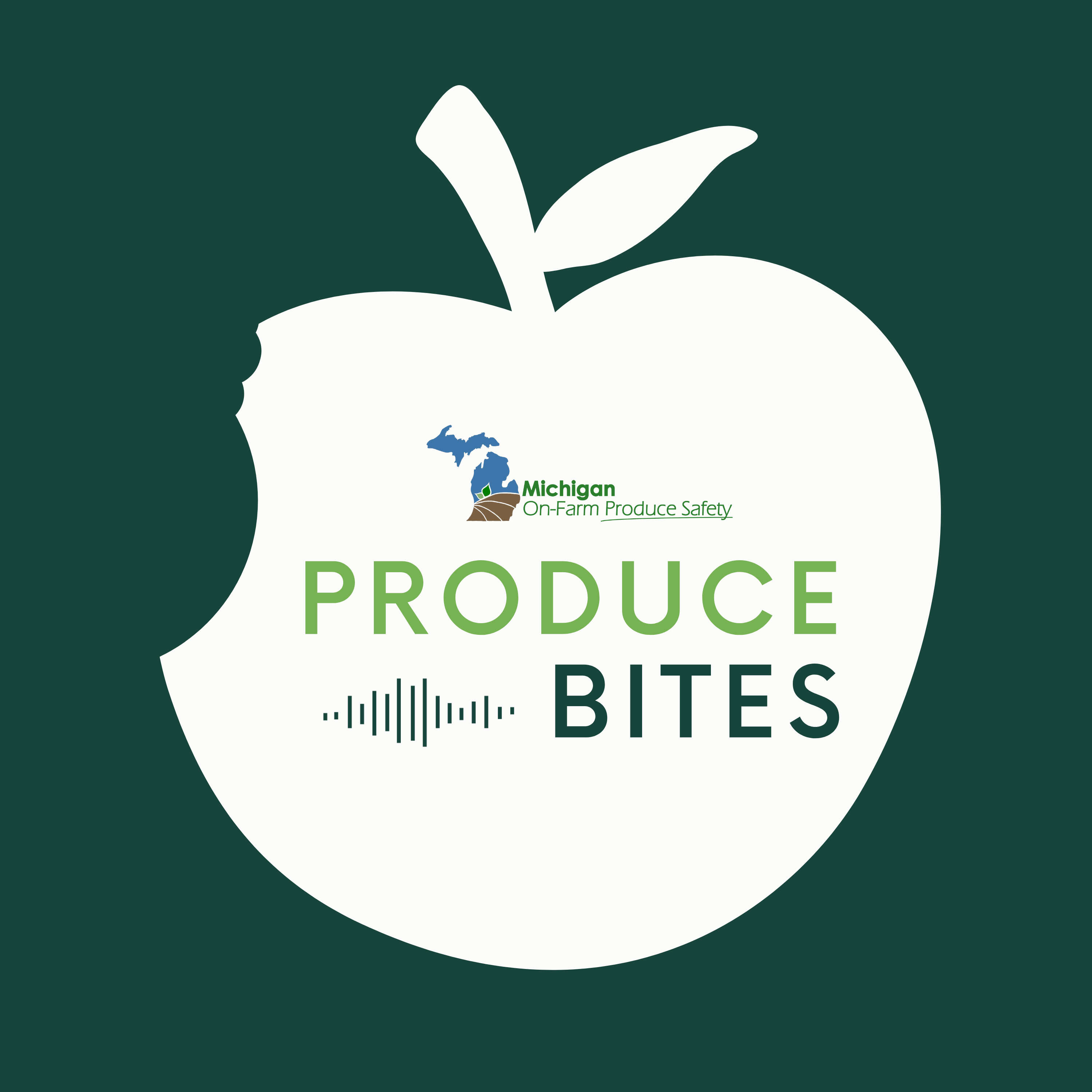 |
Geology BitesAuthor: Oliver Strimpel
What moves the continents, creates mountains, swallows up the sea floor, makes volcanoes erupt, triggers earthquakes, and imprints ancient climates into the rocks? Oliver Strimpel, a former astrophysicist and museum director asks leading researchers to divulge what they have discovered and how they did it. To learn more about the series, and see images that support the podcasts, go to geologybites.com. Instagram: @GeologyBites Bluesky: GeologyBites X: @geology_bites Email: geologybitespodcast@gmail.com Language: en Genres: Earth Sciences, Science Contact email: Get it Feed URL: Get it iTunes ID: Get it |
Listen Now...
Anat Shahar on What Makes a Planet Habitable
Episode 116
Tuesday, 2 December, 2025
Over 6,000 exoplanets have now been found, and the number is constantly rising. This has galvanized research into whether one of them might host life. Since all forms of life on Earth require liquid water, at least at some stage in their life cycle, it is natural to suppose that in order to be habitable, an exoplanet should also have liquid water. While much of the public discussion has focussed on constraining the so-called Goldilocks zone, i.e., not too hot nor too cold for liquid water to exist, an equally key issue is how a planet would get its water in the first place. In the podcast, Anat Shahar explains how her modeling and experiments predict that plenty of water would form as a result of chemical reactions between the hydrogen atmospheres observed on many exoplanets and the magma ocean with which planets initially form..Shahar is a Staff Scientist and Deputy for Research Advancement at the Earth and Planets Laboratory at the Carnegie Institution for Science in Washington, DC.







